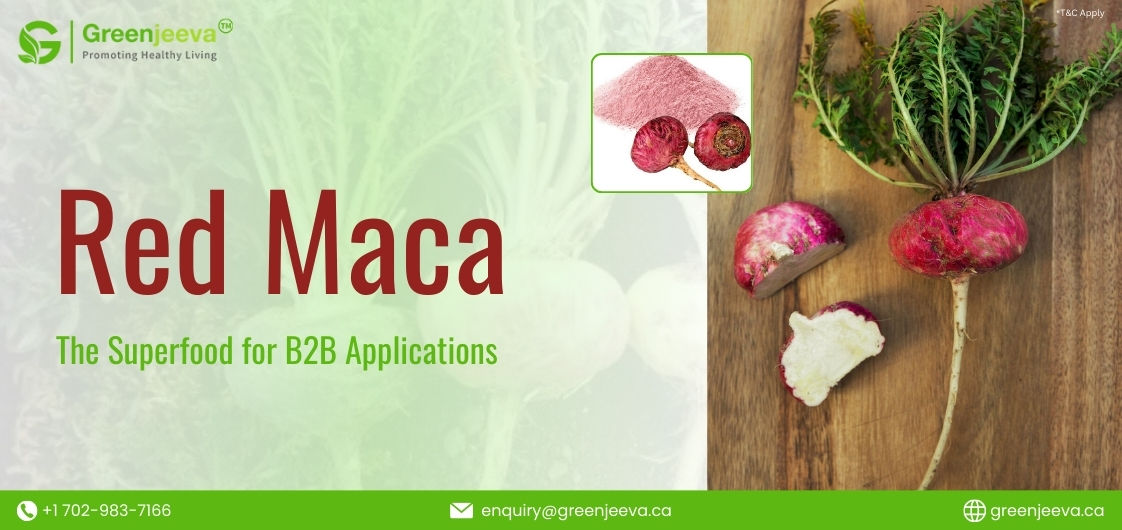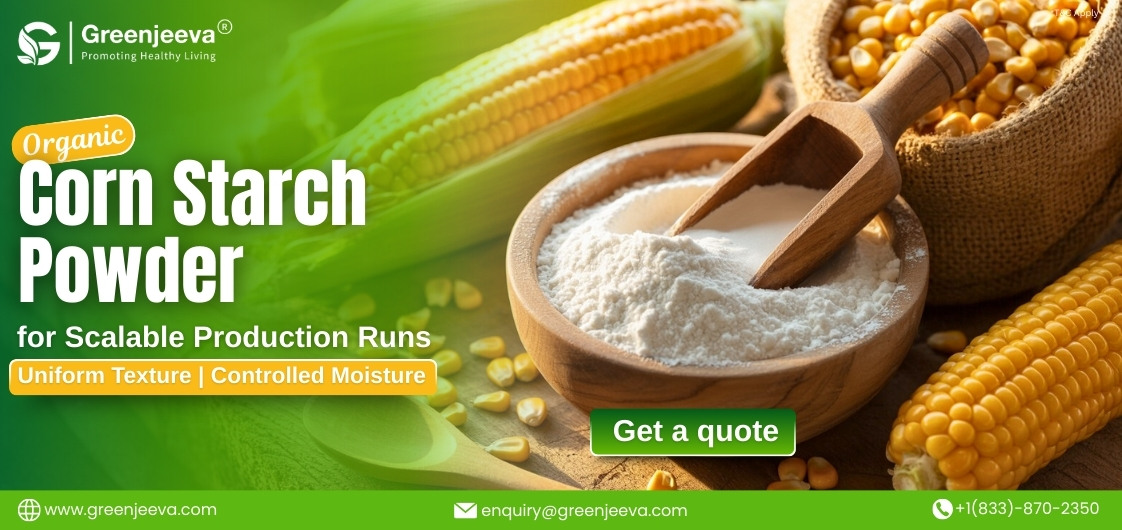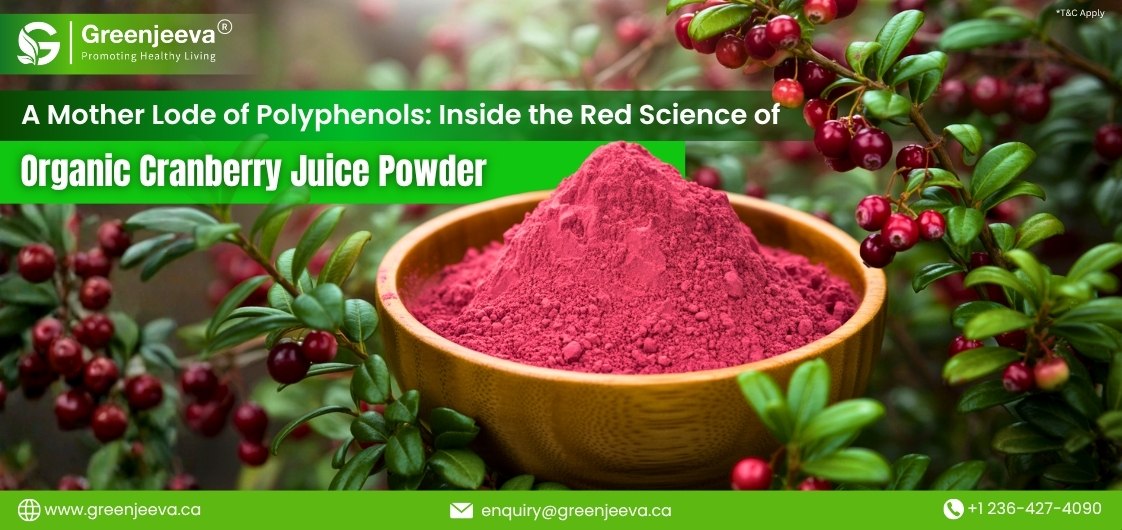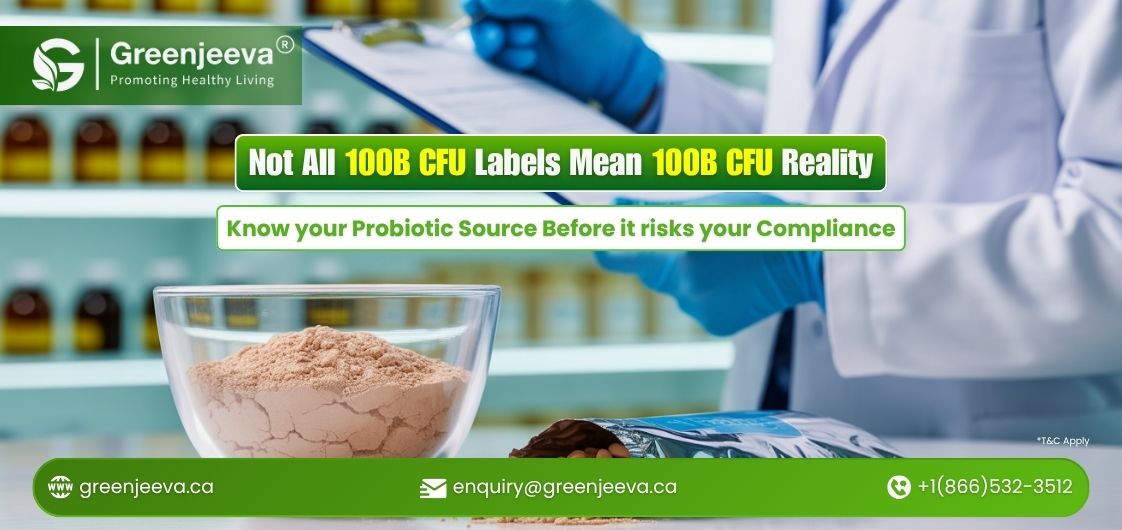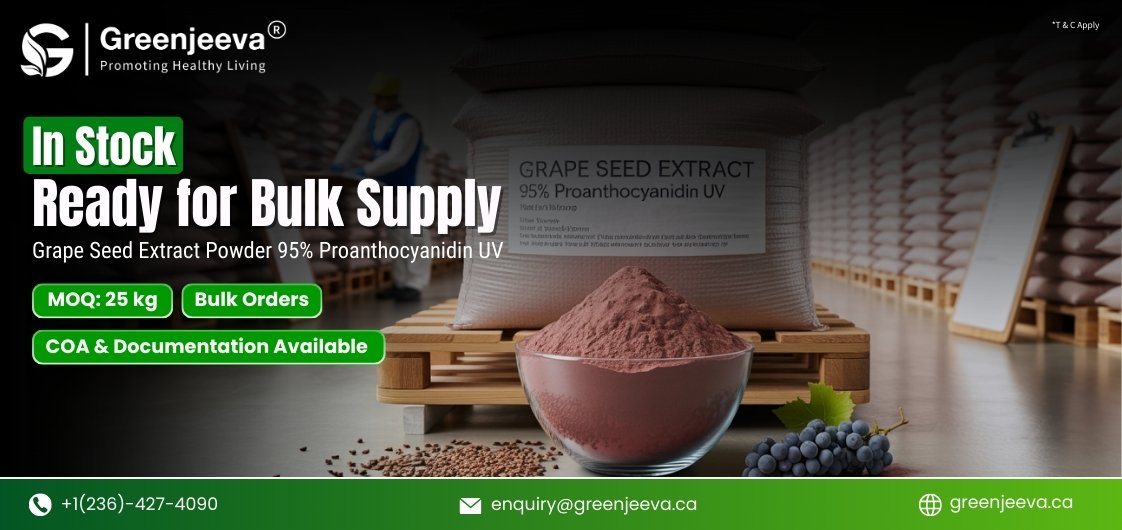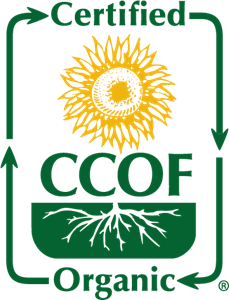Red maca, a Peruvian root, is renowned for its vibrant color and unique nutritional profile. The red maca powder, derived from the Lepidium meyenii root, stands out in the superfood market due to its higher concentration of phytonutrients, particularly iodine and iron. These essential minerals play crucial roles in bodily functions, making red maca an appealing choice for health-focused product developers.
Comparative Nutritional Analysis
Red maca powder, when compared to other popular superfoods, showcases a unique set of advantages that make it a standout choice for product developers.
1. Protein Content: Red maca powder contains a complete amino acid profile, rivalling quinoa and hemp seeds.

2. Antioxidant Capacity: Its antioxidant levels surpass those of blueberries and acai berries, offering superior free radical scavenging properties.
3. Adaptogenic Properties: Red maca stands out from many other superfoods with its unique adaptogenic qualities, potentially offering a more effective way to manage stress.
4. Mineral Density: The concentration of minerals in red maca powder often exceeds that found in leafy greens like kale or spinach.
Formulation Advantages of
Organic Red Maca Powder
Product developers are increasingly turning to organic red maca for several reasons:
1. Versatility: Its mild, nutty flavour integrates well into various product types, from beverages to baked goods.
2. Clean Label Appeal: Organic certification aligns with consumer demand for transparent, natural ingredients.
3. Functional Benefits: Red maca’s potential to support energy, stamina, and hormonal balance adds multifunctional appeal to products.
4. Sustainability: The cultivation practices of maca often align with eco-friendly and fair-trade principles, offering product developers a chance to tell a compelling brand story.
Challenges and Considerations
While red maca offers numerous advantages, product developers should consider the following:
1. Sourcing: Ensuring a reliable supply chain for high-quality, organic red maca powder is crucial.
2. Stability: Proper storage and packaging are essential to maintain the powder’s potency and shelf life.
3. Dosage: Determining optimal inclusion rates to balance efficacy and cost is key to successful product development.
4. Regulatory Compliance: Staying informed about regional regulations regarding maca powder usage in food products is vital.
Conclusion
Red maca is emerging as a frontrunner in the superfood category, offering product developers a unique opportunity to create innovative, health-focused products. Its superior nutritional profile, versatility, and growing consumer demand make it a valuable ingredient for companies looking to differentiate their offerings in a competitive market. By incorporating organic red maca powder into their formulations, product developers can tap into a trend that shows no signs of slowing down, potentially leading to increased sales and market penetration.
**The Food and Drug Administration has not evaluated these statements. This product is not intended to diagnose, treat, cure, or prevent any disease.**


